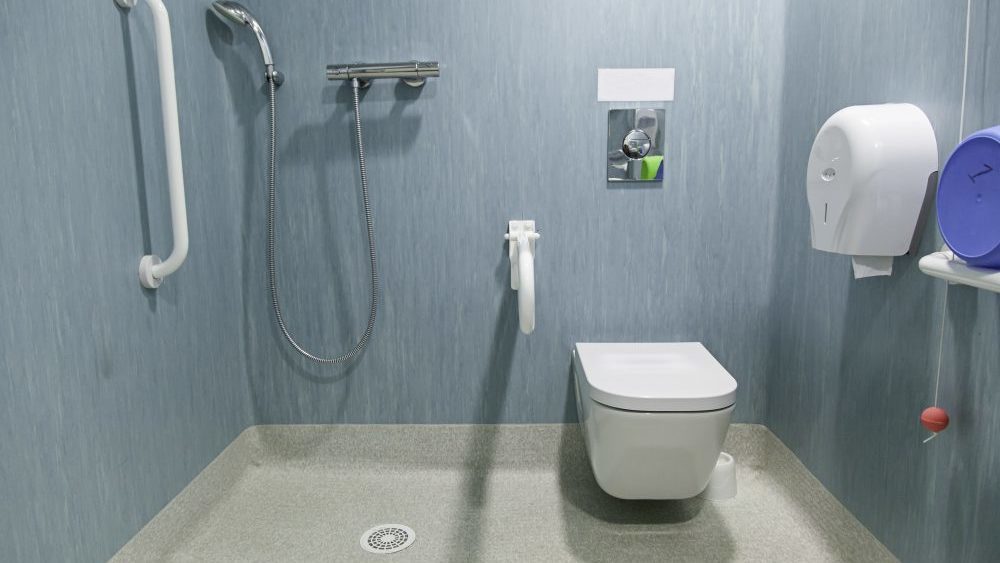Aging in place can be a great comfort to senior adults, especially when necessary renovations make familiar surroundings more accessible. That’s particularly true with bathrooms, where comfort and safety must be considered as loved ones’ mobility and dexterity diminish.
Doorways need to be 36 inches wide to accommodate a wheelchair. This includes both the bathroom door and the shower door so that a wheelchair can roll in unimpeded, giving handicapped family members as much privacy as possible.
Grab bars in the shower and beside the toilet help with sitting and standing. The bars should be made with a textured slip-resistant surface. Search online for more attractive versions than those you might be familiar with in hospital settings.
A shower seat and a handheld spray nozzle makes showering possible while sitting. Slip-proof tile or adhesive strips on the floor are a safety must. Replacement walk-in tubs with a swing-in door are now available.
A raised toilet or higher seat makes usage easier for persons with limited mobility. A raised toilet involves a complete replacement while a raised seat can be added to an existing commode.
The sink and faucet may pose another challenge for the elderly, especially if in a wheelchair. Pedestal sinks are more easily accessible than those installed in a vanity. Faucet handles should be a lever type that can be pulled and pushed versus knobs that must be gripped and turned.
A pull cord alarm in the shower or near the toilet (ideally accessible to either) allows older persons to call for help, if necessary.


